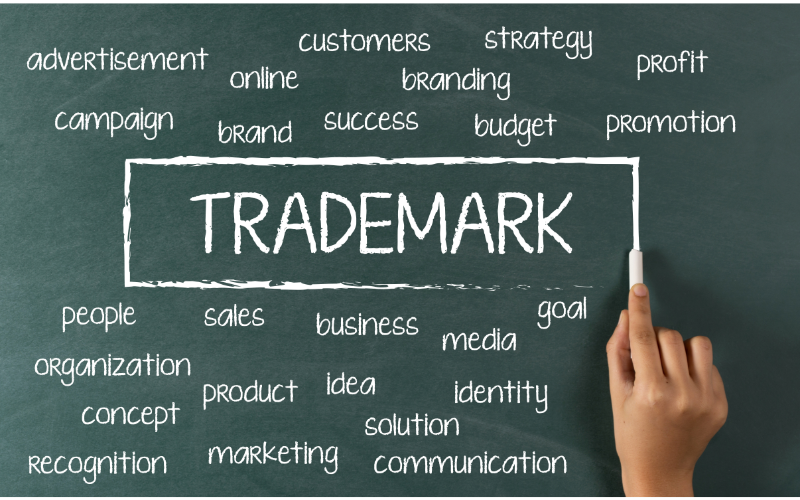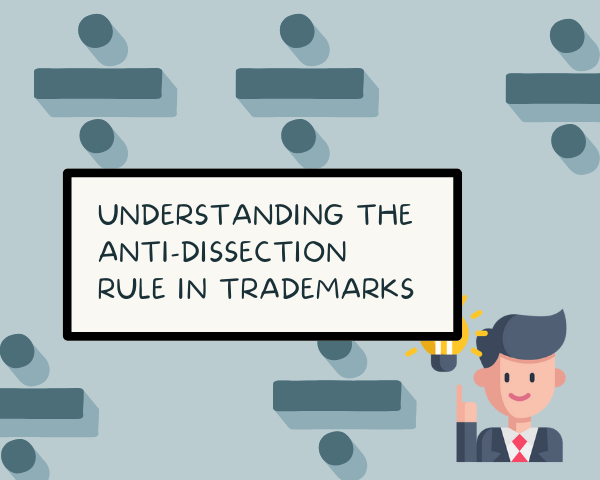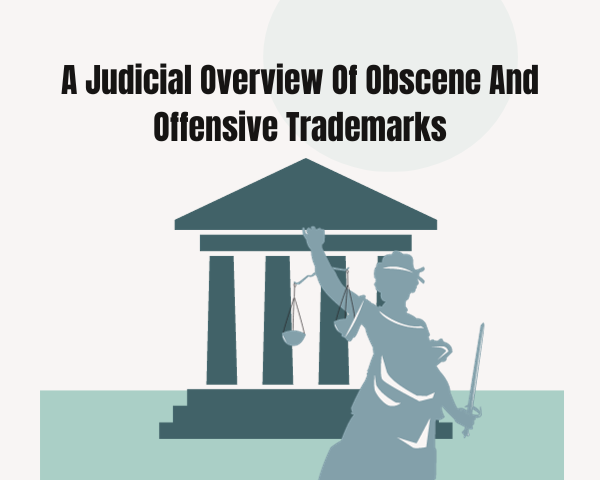What is a trademark?
A trademark is a sign, symbol, or word that distinguishes one enterprise’s goods or services from another.
According to Section 2(1)(zb) of the Trademark Act, 1999 of India, a trademark is a mark that is capable of being represented graphically and which is capable of distinguishing the goods or services of one person from that of another, this may include the shape of goods, packaging, and combination of colors.
Thus, it can be said that any mark that lends a business its unique identity and by virtue of which consumers recognize the source of particular goods or services is a trademark.
Why is trademark registration important?
A trademark allows consumers to recognize the source of a particular product or service. It reflects the identity of a business. The goodwill and reputation of a company are usually vested in the trademark.
Registration of a trademark is important as it prevents any third party from misusing it. Registering a trademark gives the trademark owner the exclusive right to use the mark. If any third party tries to misuse the mark, the owner of the mark can file a case for trademark infringement.
For example, the golden arch symbol of McDonald’s is the best example of a symbol trademark. Just looking at the golden arch, consumers will know the source of the food they are consuming. They associate the symbol with quality. If a third party uses the symbol without the consent of Mcdonald’s, the latter can sue for trademark infringement, and it can also claim damages for the damage done to its goodwill.
What are the different types of marks?
Fanciful and Arbitrary– fanciful and arbitrary terms make the strongest trademarks. The mark in no way describes the product or service it is attributed to. While a fanciful mark is a completely made-up word, an arbitrary made is a common word but is arbitrary concerning the goods or services it represents. A fanciful or arbitrary mark presents the best choice for a trademark. APPLE for computers is an example of an arbitrary trademark. PEPSI is an example of a fanciful trademark.
Suggestive– suggestive marks indirectly describe the product or service they represent. The mark does not directly refer to or describe the product or service; it only indirectly hints toward some attributes of the product or service it represents. NETFLIX is a good example of a suggestive trademark.
Descriptive– a descriptive mark directly refers to and describes the product or service it represents. Descriptive words, statutorily, cannot be registered as trademarks. However, if the mark has attained distinctiveness or secondary meaning, it could be registered as a trademark. As a sugar substitute, SUGARFREE is an example of a descriptive trademark.
Generic- a generic mark is a common word that is used to name products or services. For example, the word PENCIL for a brand of pencils is a generic mark. Under no circumstance can a generic word be registered as a trademark. However, some brands have become household names due to years of continuous use. For example, the word XEROX for photocopying has become a generic word.
For strong protection, choosing a fanciful or arbitrary word as a trademark is best. A descriptive mark can only provide weak protection, whereas a generic mark cannot be registered as a trademark under any circumstance.
What is the procedure for trademark registration?
Trademark Search:
The first step, before initiating the process for registering a trademark, is to conduct a trademark search. A trademark search helps you understand if the same or similar mark has already been registered. You may conduct the trademark search online. However unique you think your trademark sounds, it is always better to conduct a trademark search before filing for registration to lessen the chances of opposition. Also, conducting a trademark search will give you a fair idea about any marks that may be even remotely similar to the trademark you want to register.
For example, you might want to register your newly launched clothing line under the name CHRYSALLIS. Even though it’s an arbitrary trademark, it is always better to check the trademark registry for any same or similar marks that may have been previously registered. This saves both your time and money.
Trademark Application Filing:
After completing the trademark search, filing for trademark registration is next. You may submit the application for trademark registration either online or physically through form TM-A.
The following information is important when you are filing the trademark registration form:
– The applicant’s (your) information
– The mark chosen to be registered
– The list of goods or services which the mark will cover
– The statement of use- the date since you have been using the mark or, in case you haven’t already used it, the date from which it is proposed.
Trademark Examination:
After the trademark application has been filed, the application will be examined by an examiner for any discrepancies. The examination report could take between two to four months from the date of filing the application. After examining the application, the examiner may raise an objection on two grounds:
Absolute grounds– where the mark is devoid of distinctiveness or incapable of distinguishing one business’s goods or services from another. This usually happens in case you have chosen a descriptive or a generic word as your trademark. For example, if you have chosen LOSE as a trademark for your product that aids in weight loss, it will be rejected on the absolute ground of the trademark being descriptive. This is why, as already mentioned, it is best to choose an arbitrary or fanciful mark as your trademark.
Relative grounds– where the mark is similar to an earlier trademark on the Trademarks Register. If your mark is similar to an already registered mark, the examiner will raise an objection under relative grounds.
Your mark will be advertised in the Trademarks Journal if no objections are raised.
Response to the Examination Report:
You will have one month from the date of receipt of the objections to respond. If you do not respond in one month, the application is deemed to have been abandoned by you.
If you respond within a month, and the Examiner accepts the response, the mark will be advertised in the Trademarks Journal. Or else, if the Examiner has any further objections, then a show cause hearing will be issued to you. A show cause hearing involves an appearance before the Registrar of Trademarks/ Hearing Officer with the necessary documents and evidence to convince him to accept the registration of the mark. The hearing notice is usually sent 15 days before the hearing date. If the Registrar of Trademarks/ Hearing Officer is convinced, he may send the mark for publication in the Trademarks Journal. If the Registrar of Trademarks/ Hearing Officer is not convinced, he may abandon the mark.
Opposition to the registration of the mark:
Once the mark is advertised in the Trademarks Journal, any third party may oppose the mark within four months from the date of publication in the Trademarks Journal. The trademark opposition must be filed using form TM-O and must be sent to the Registry. If the Registry is satisfied that all the requirements are met, the notice is served to you. Upon receiving the notice of opposition, you must file a counter-statement within two months on Form TM-O.
The application is deemed abandoned if you do not file a counter-statement within two months. After this, the opposition and you will file the evidence.
First, the opposition must file the evidence as an affidavit within two months of receiving the counter-statement. The opposition may also choose to waive the filing of the affidavit and rely on the facts stated in the notice. You should produce your evidence within two months of receiving the evidence or the intimation of waiver.
Further, you also have the option to waive producing any evidence and may choose to rely on the facts stated in your counter-statement. Within one month of receiving your evidence or the intimation of waiver, the opposition again has the option to produce more evidence, if any.
After the conclusion of the evidence submission stage, the Registry appoints a date for a hearing and notifies both parties. After hearing both parties, the Registrar will decide whether the trademark can be registered or not.
The mark will proceed with registration if no opposition is filed within this time.
Registration:
The trademark application reaches the final stage, where the trademark is registered, and the Trade Mark Registry issues a soft copy of the registration certificate. The trademark is registered for a period of 10 years from the date of application and can be renewed periodically at the expiry of every ten years. The renewal can be filed through form TM-R.




